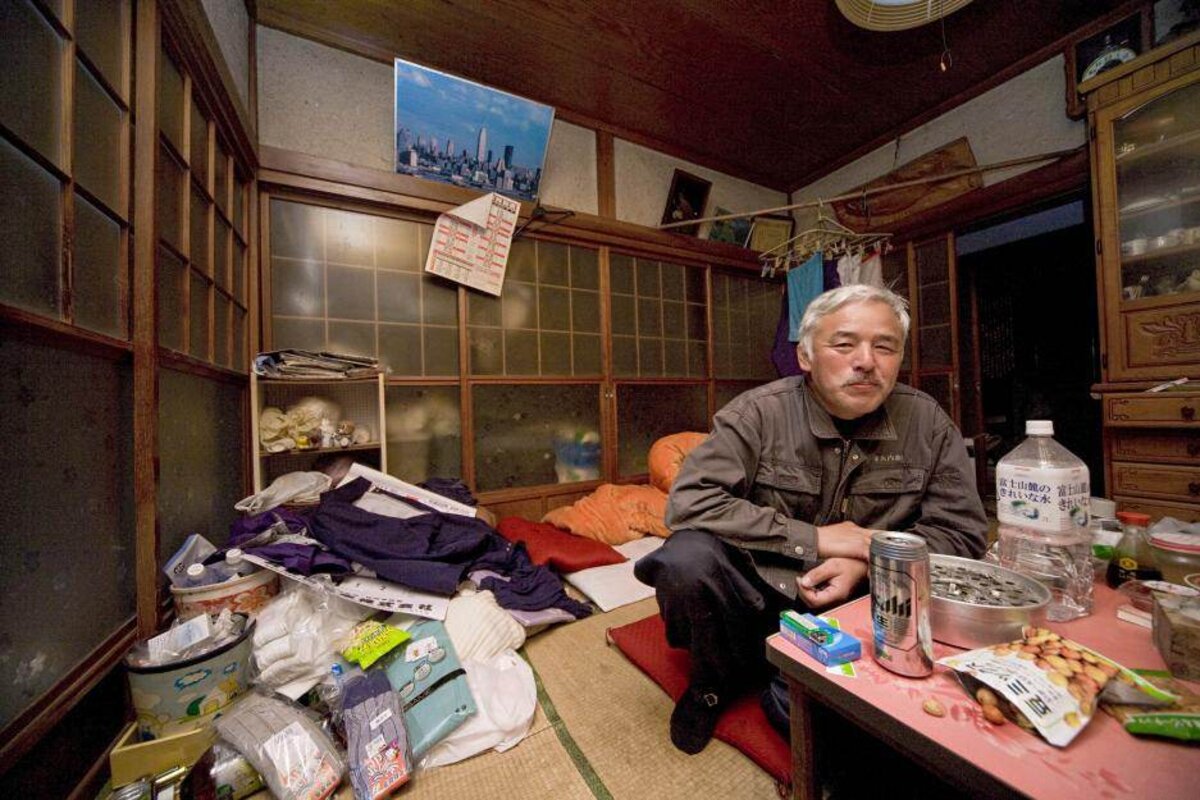
Agrandissement : Illustration 1

-------------------------
Devastated by an earthquake and ensuing tsunami that flattened part of the north-east Japanese coastline on March 11th 2011, the Japanese nuclear power plant of Fukushima Daiichi went into meltdown, causing high-level nuclear contamination of a vast surrounding area and the forced evacuation of hundreds of thousands of local inhabitants.
The most contaminated zone, set in a 20-kilometre radius encircling the plant, remains an official restricted area, in which only temporary access is allowed, mainly for the dangerous and laborious clean-up work.
Beginning in April 2011, just weeks after the catastrophe began, Italian photographer Antonio Pagnotta clandestinely ventured into the exclusion zone (see a map detail here) for a series of photo-reportages which he completed in March this year. His brave work provides a rare and chilling vision of the effects of the cataclysm, the worst civil nuclear disaster since that of Chernobyl in 1986.
Mediapart is publishing a selection of his stunning pictures, brought together in a series of themes, beginning here with a report on a farmer, Naoto Matsumura, who continues to tend his land at Tomioka, once home to nearly 16,000 people, now a ghost a town inside the restricted area, where he is the only resident, living without running water or electricity.
In March 2011, Matsumura was among the thousands who fled the zone as it was swept by a nuclear cloud, but he soon returned to tend the land, abandoned animals and even a local cemetery. He sees it as his duty to keep life and presence in defiance of the devastation.
According to official Japanese figures released in February this year, the events of March 2011 left 15,800 people dead, another 6,000 injured and more than 3,200 people missing. A total of 343,000 people were evacuated from the area around Fukushima and still living in temporary accommodation.

Agrandissement : Illustration 2

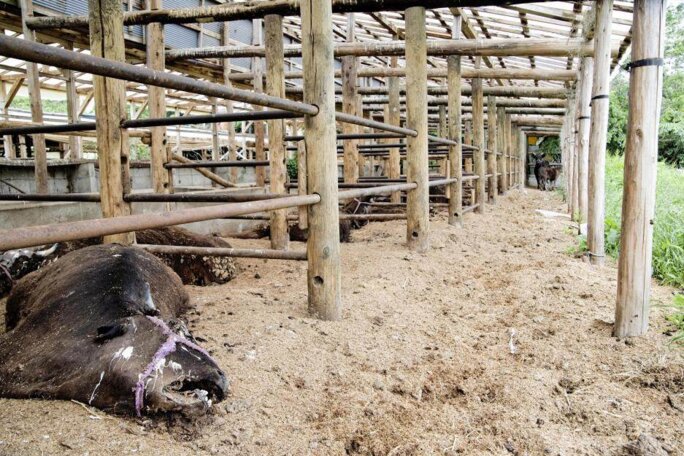
Agrandissement : Illustration 3

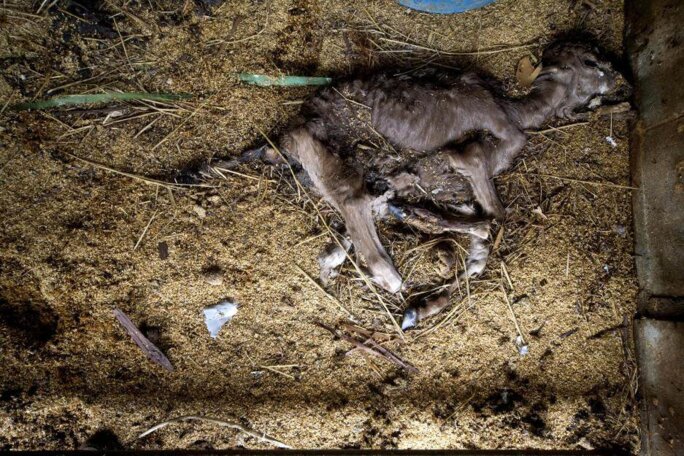
Agrandissement : Illustration 4

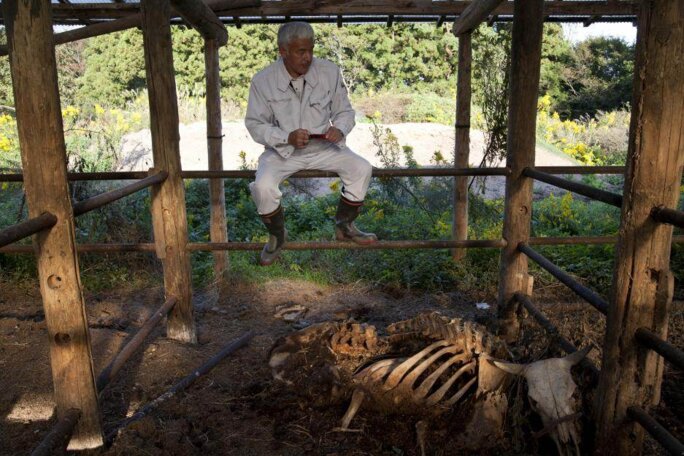
Agrandissement : Illustration 5

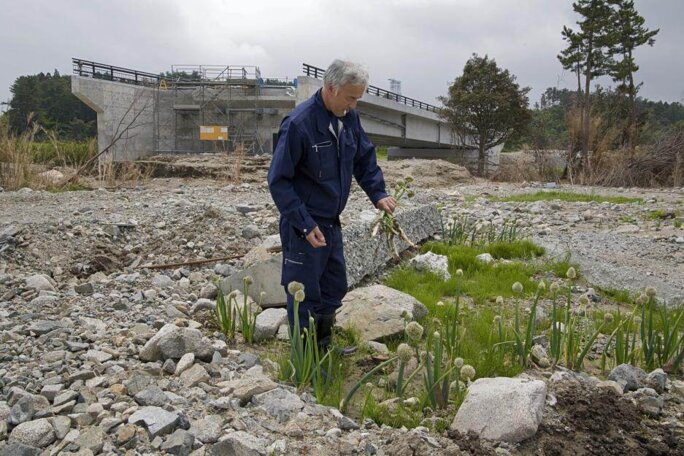
Agrandissement : Illustration 6

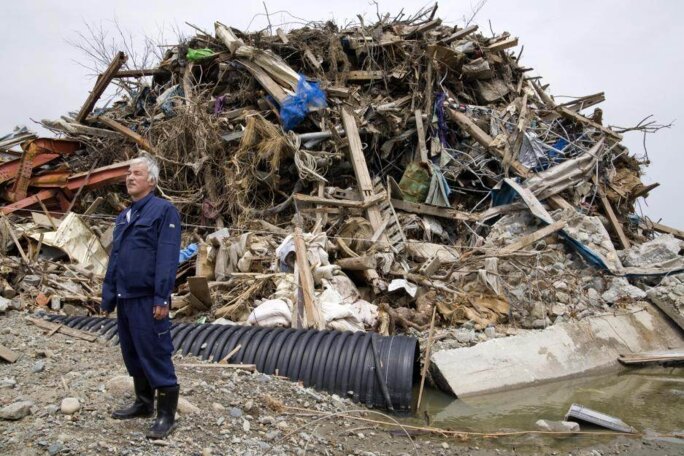
Agrandissement : Illustration 7

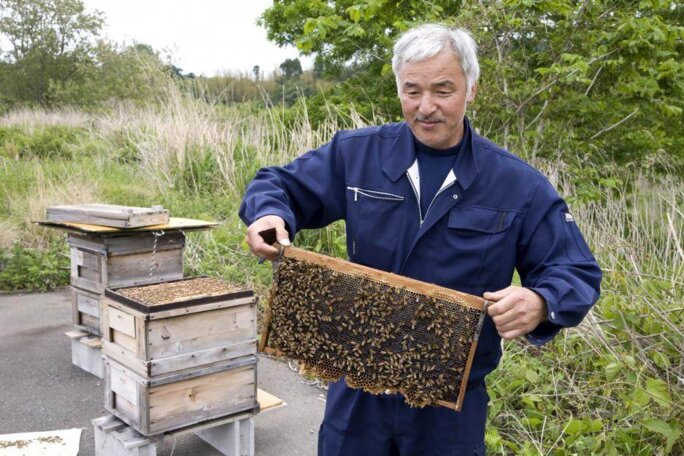
Agrandissement : Illustration 8

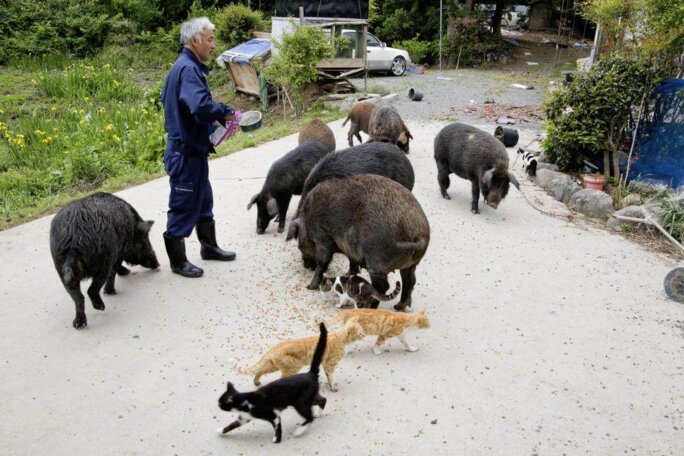
Agrandissement : Illustration 9

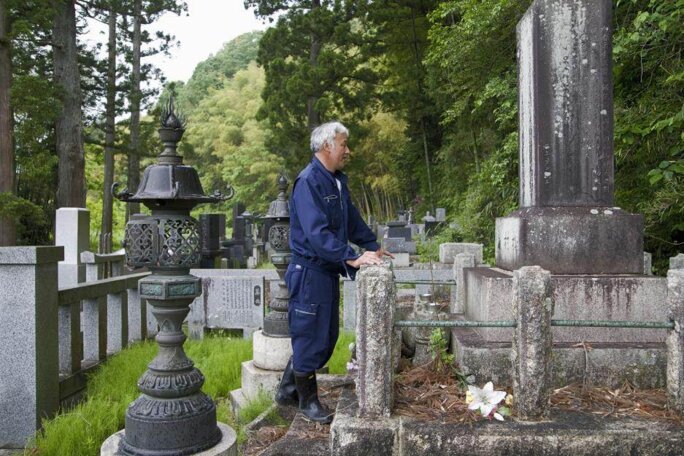
Agrandissement : Illustration 10

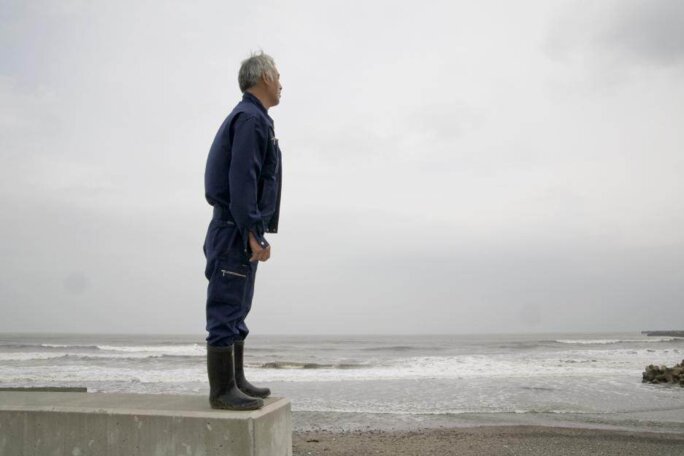
Agrandissement : Illustration 11

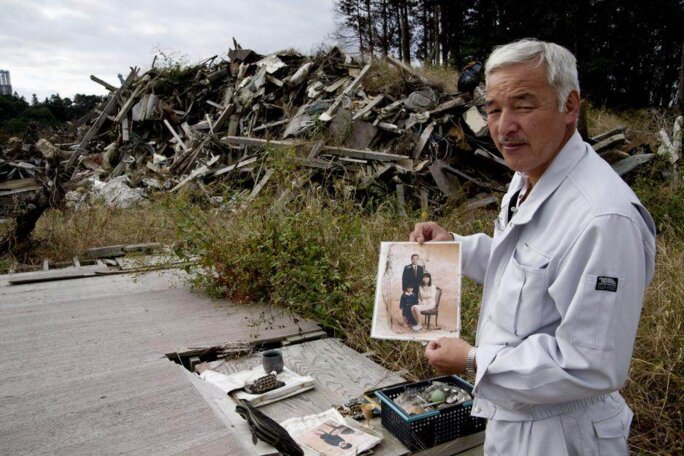
Agrandissement : Illustration 12

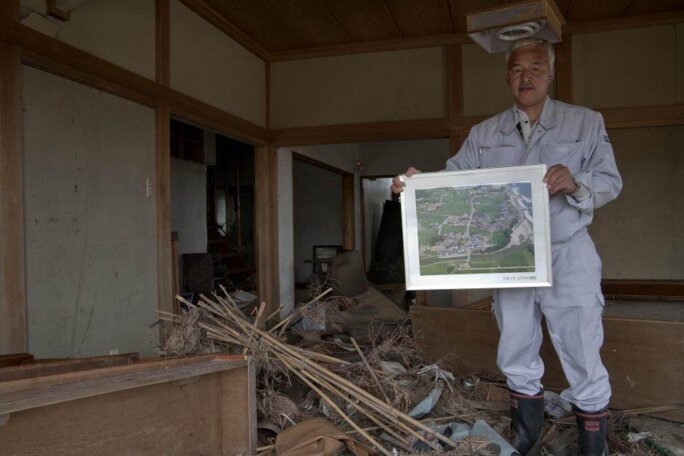
Agrandissement : Illustration 13

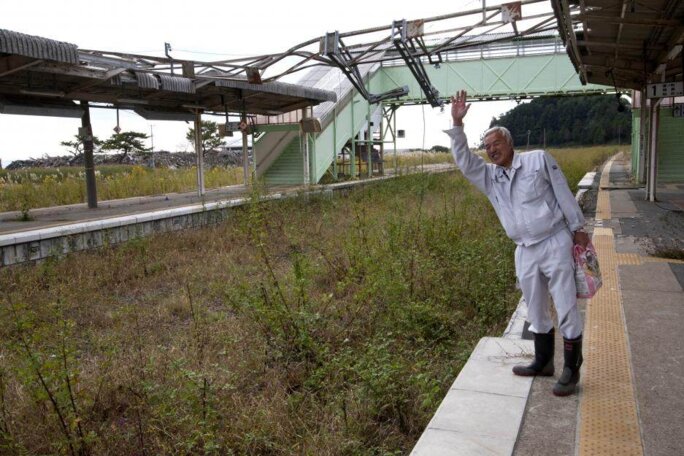
Agrandissement : Illustration 14

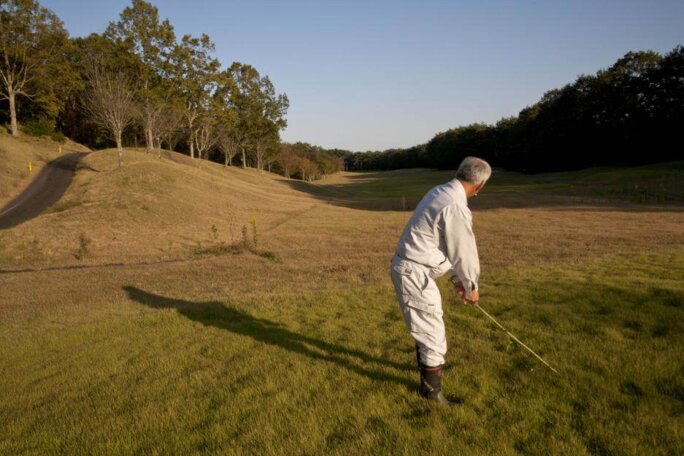
Agrandissement : Illustration 15

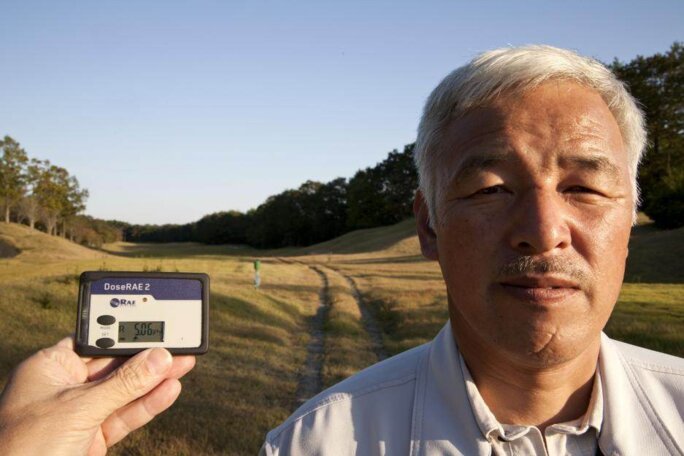
Agrandissement : Illustration 16

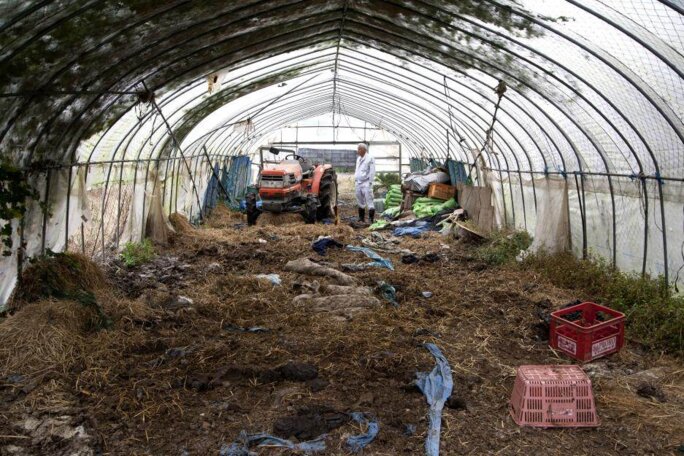
Agrandissement : Illustration 17

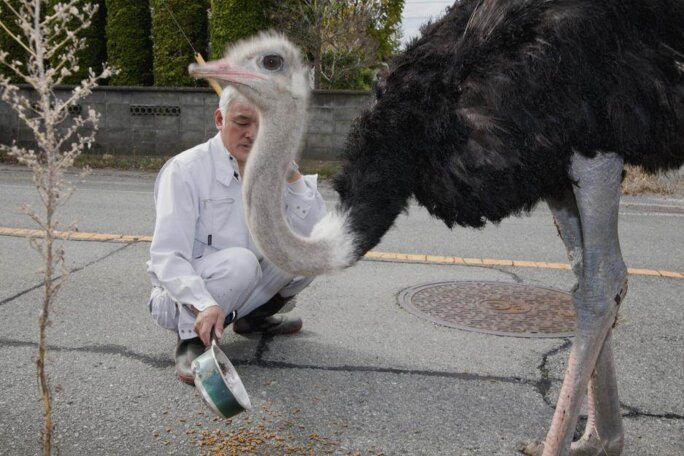
Agrandissement : Illustration 18

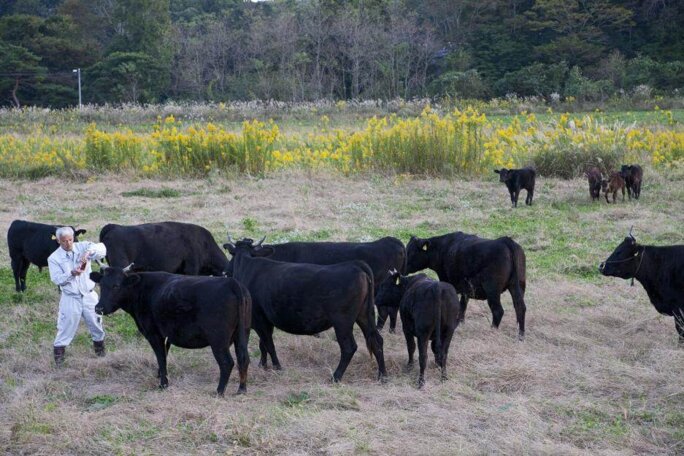
Agrandissement : Illustration 19

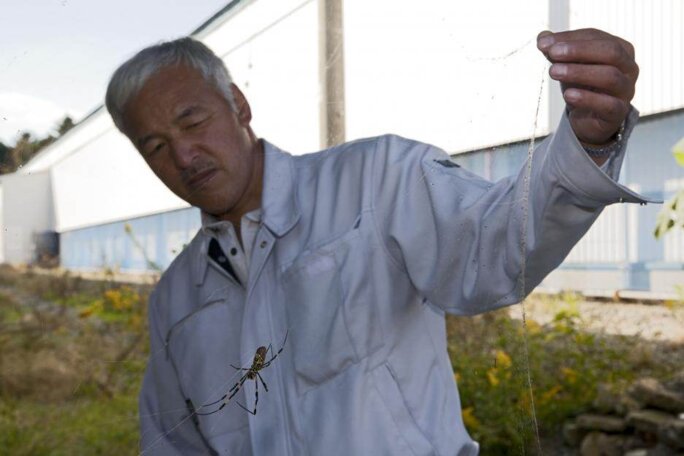
Agrandissement : Illustration 20

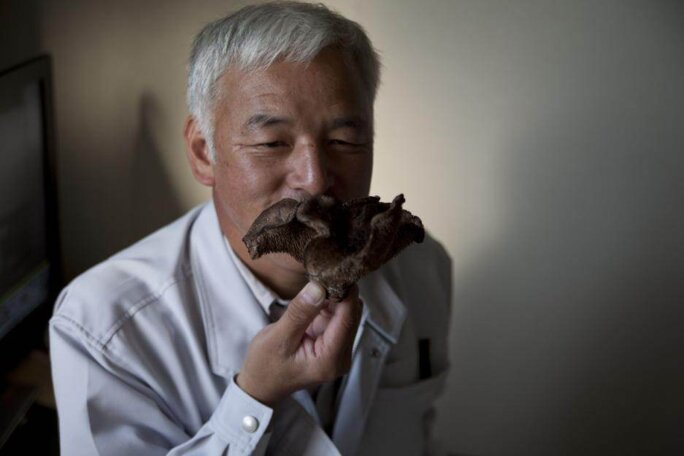
Agrandissement : Illustration 21

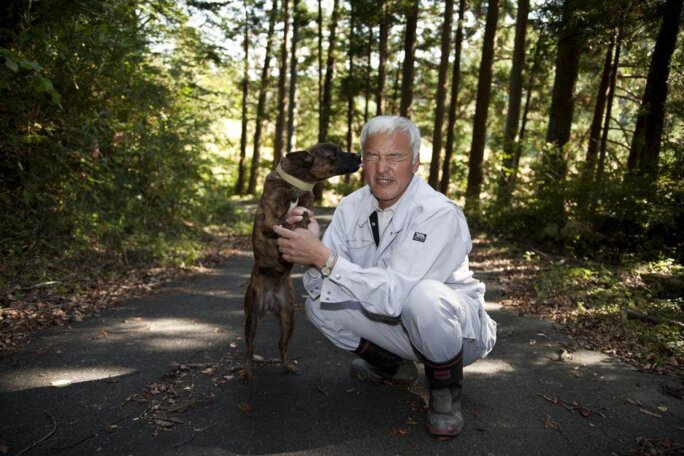
Agrandissement : Illustration 22

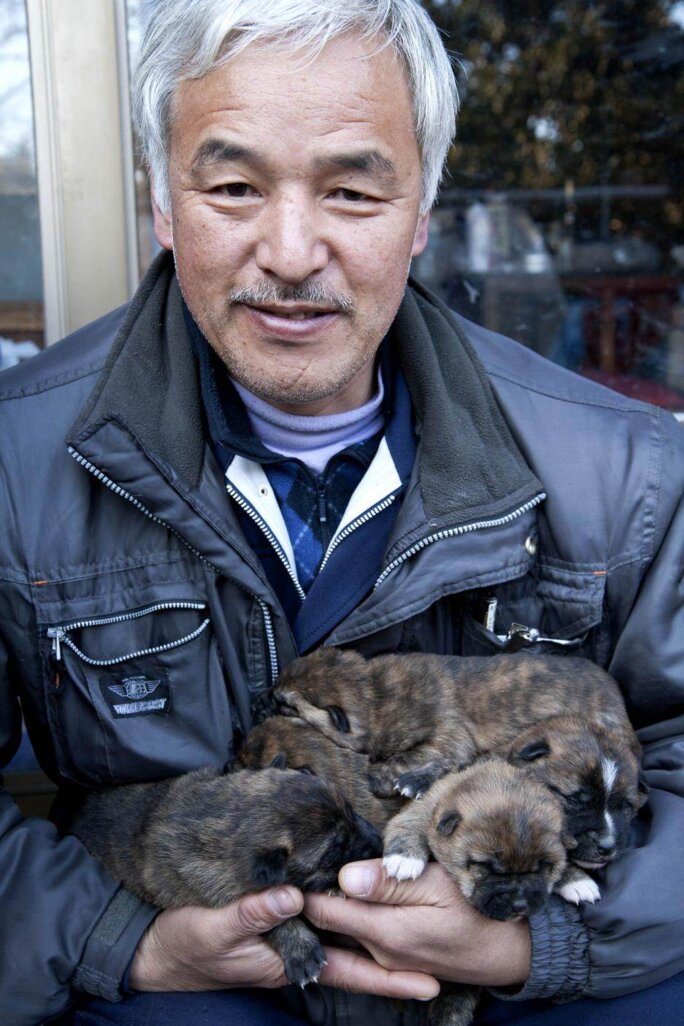
Agrandissement : Illustration 23

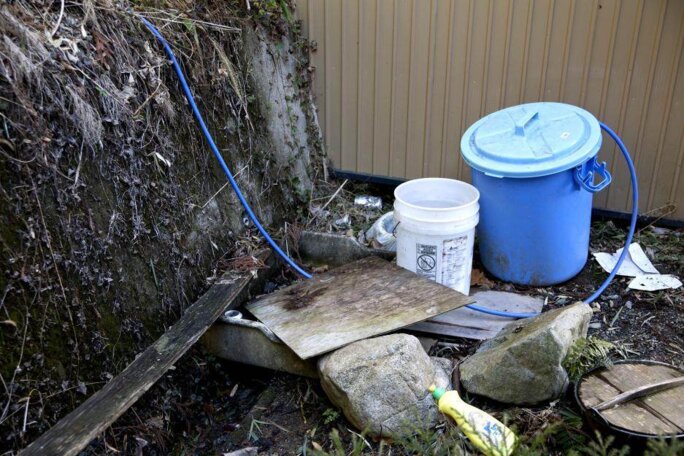
Agrandissement : Illustration 24

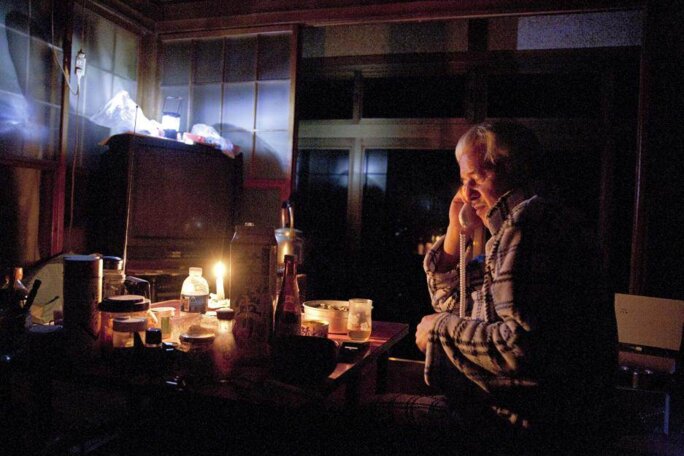
Agrandissement : Illustration 25

-------------------------
- Antonio Pagnotta, 55, is based in Italy. He frequently visits Japan, where he has worked as a photographer for more than two decades, covering a wide variety of stories, including the Aum Shinrikyo sect’s nerve gas attack on the Tokyo underground, and is renowned for his coverage of issues of nuclear safety in the country. He has also produced a series of major feature reports in his native Italy, where his work has been showcased in several exhibitions, including a 17-year reportage of the reconstruction of Basilicata, a quake-destroyed village in the south of the country. A freelance contributor to the Cosmos photo agency in Paris, his portfolio page can be found here.
-------------------------
English version: Sue Landau and Graham Tearse


